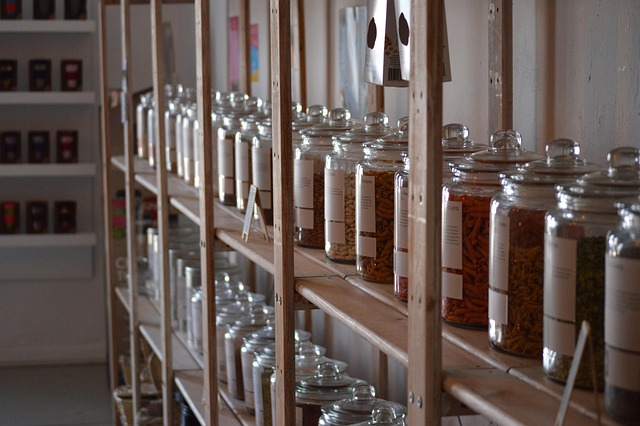Bioplastics: A Step Towards Sustainability or a Recycling Headache?
The world is grappling with plastic waste. Traditional plastics, derived from fossil fuels, persist in the environment for centuries, clogging landfills and polluting oceans. In this context, bioplastics have emerged as a seemingly promising alternative. Derived wholly or partly from renewable biomass sources like corn starch, sugarcane, or algae, they often conjure images of a greener, more sustainable future. But are they the silver bullet we’ve been hoping for, especially when it comes to recycling?
Bioplastics are undeniably linked to the pursuit of Sustainable Development. The idea is to shift away from finite resources and reduce dependence on petroleum. By utilizing renewable feedstocks, bioplastics can potentially contribute to a circular economy model where materials are sourced sustainably and, ideally, returned to the natural cycle or recycled efficiently. They represent an innovative approach to material science, aligning with goals for responsible consumption and production.
One of the key arguments for bioplastics is their potential to lower our collective Ecological Footprint. Sourcing materials from plants that absorb CO2 during their growth cycle offers a different environmental profile compared to extracting and processing fossil fuels. Furthermore, some bioplastics are designed to be biodegradable or compostable under specific conditions, offering an alternative end-of-life scenario that could lessen the burden on traditional waste streams, particularly in settings with appropriate industrial composting facilities.
Seen as a form of Green Technologies, bioplastics represent advancements in materials science and manufacturing processes aimed at environmental improvement. They encompass a range of materials with varying properties – from those chemically identical to petroleum-based plastics (like bio-based PET) to completely novel polymers (like PLA or PHA). This technological diversity offers tailored solutions for different applications, from packaging to textiles and automotive parts.
The concept of Carbon Neutral is often associated with bioplastics, though it’s a complex picture. While the renewable biomass used to produce them absorbs carbon dioxide from the atmosphere as it grows, emissions are generated during cultivation, harvesting, processing, manufacturing, and transport. The carbon neutrality” claim often depends on the full lifecycle analysis, including the end-of-life phase. If a bioplastic is composted, the carbon is released back into the cycle. If it’s incinerated for energy recovery, it’s treated differently than fossil-fuel plastics. However, if it ends up in a landfill and decomposes anaerobically, it can produce methane, a potent greenhouse gas.
This brings us back to the critical challenge: recycling. The very definition of “bioplastic” is broad, encompassing materials that are:
- Bio-based (made from renewable resources)
- Biodegradable (can break down under specific conditions)
- Both bio-based and biodegradable
- Neither bio-based nor biodegradable (but might be promoted alongside bioplastics)
This variety creates significant confusion for consumers and, more importantly, for recycling facilities. Many bioplastics, even those labeled “biodegradable,” require industrial composting conditions to break down and will contaminate traditional plastic recycling streams (like PET or HDPE recycling). Conversely, some bio-based plastics (like bio-based PET) are chemically identical to their fossil counterparts and *can* be recycled within existing systems. The lack of clear labeling, sorting infrastructure, and public understanding means that potentially recyclable bio-based plastics might be discarded, and potentially contaminating biodegradable plastics might end up in recycling bins.
Effectively integrating bioplastics into our waste management requires clear standards, consumer education, and investment in dedicated collection and processing infrastructure, particularly for compostable varieties. Without these pieces in place, the promise of bioplastics as a sustainable alternative, especially regarding circularity and recycling, remains largely unfulfilled.



